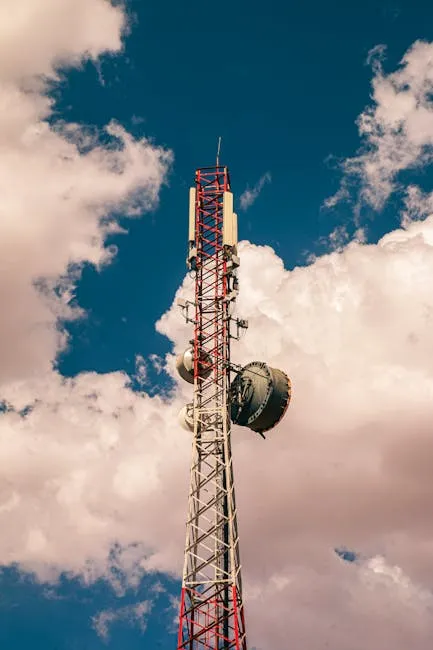
The Alarming Reality of Satellite Data Leaks
In an era where digital security is paramount, a recent study has unveiled a startling truth: satellites are leaking sensitive data at an alarming rate. Researchers have demonstrated that, with relatively inexpensive equipment, they can intercept unencrypted communications, including text messages and even traffic data for military systems and infrastructure. This revelation raises serious concerns about the integrity of information transmitted via satellite technology.
Satellite Vulnerabilities Explained
Satellites have long been viewed as the backbone of modern communication, enabling everything from global positioning systems (GPS) to internet access in remote areas. However, the dependence on these technologies comes with inherent risks. The researchers highlighted that for just a few hundred dollars, they were able to acquire the necessary tools to tap into satellite communications. This easy access poses significant risks, especially for military and governmental operations that rely on secure transmissions.
How Was the Data Intercepted?
The process of intercepting satellite communications is not as complicated as one might think. It typically involves using software-defined radios (SDRs) and a directional antenna to capture signals transmitted from satellites overhead. Once these signals are intercepted, decoding the information can be achieved with relative ease, especially if the data is not encrypted.
The Implications of Unencrypted Data
The implications of such vulnerabilities extend beyond mere inconvenience. Sensitive information, including critical military traffic and personal communications, can fall into the wrong hands, putting national security at risk and exposing individuals to privacy breaches. The ease with which this data can be accessed calls for a reevaluation of how satellite communications are secured.
What Can Be Done?
Addressing the vulnerabilities associated with satellite data requires immediate action. Here are some potential solutions:
- Encryption: Implementing robust encryption protocols can safeguard data transmitted via satellites. Encryption makes it significantly more difficult for unauthorized parties to decrypt and access the information.
- Regular Audits: Conducting regular security audits of satellite communications can help identify and rectify vulnerabilities before they can be exploited.
- Public Awareness: Raising awareness about the risks associated with unencrypted satellite communications can push for stricter regulations and standards within the industry.
Conclusion
The convenience of satellite technology must not overshadow the critical need for enhanced security measures. As researchers continue to demonstrate the ease with which sensitive data can be intercepted, stakeholders from both the public and private sectors must prioritize the protection of our digital communications. In an age where data privacy is increasingly under threat, the time to act is now.



